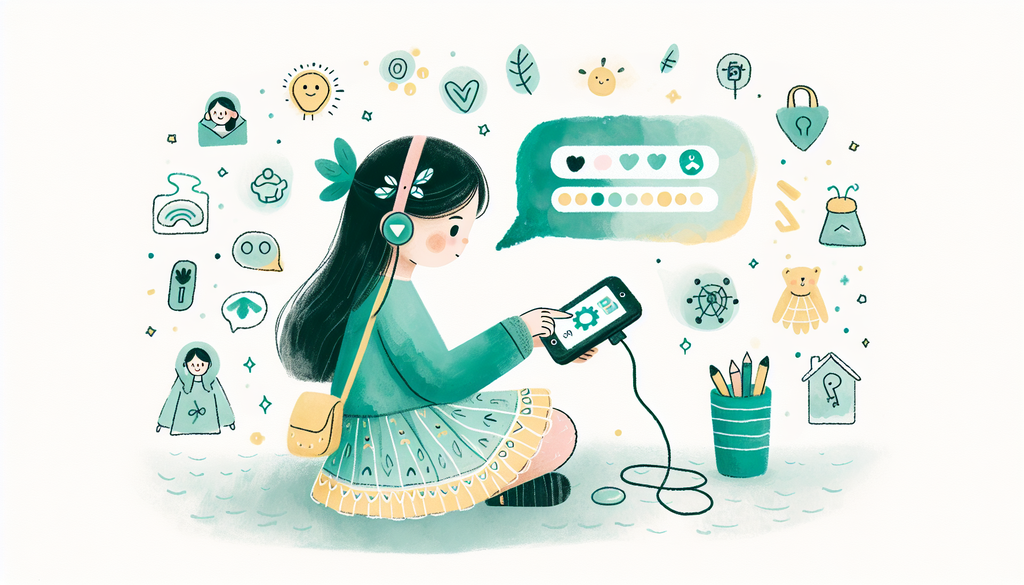The World of Augmentative and Alternative Communication

Communication forms the cornerstone of human interactions. For children with communication impairments, conventional verbal and written methods of communicating might pose significant challenges. Here, Augmentative and Alternative Communication (AAC) systems open new windows to the world of interaction. This post offers an introductory look at these systems and their benefits.
What is Augmentative and Alternative Communication?
AAC refers to all forms of communication outside traditional speech and writing used to express thoughts, needs, and ideas. It involves varied methods, ranging from simple gesture-based systems to sophisticated electronic devices producing speech. AAC can be broadly classified into two categories - unaided systems that use the body (gestures, sign language, facial expressions), and aided systems that incorporate some form of external tool, such as paper and pen, boards, or digital tools[^1^].
Who can benefit from AAC systems?
AAC is a vast field catering to a diverse set of needs. Children with conditions affecting speech and language skills, like Autism, Cerebral Palsy, and Down’s Syndrome, can benefit from AAC. Also, children needing short-term communication support—those recovering from surgery or facing temporary speech loss—can utilize AAC methods.
AAC Overcoming Barriers
Evidence suggests AAC aids do not hinder verbal speech development, but rather, evidence supports its role in promoting verbal speech[^2^]. AAC can assist in breaking down barriers in communication and enhance the child’s ability to be independent. This advancement is just one of many innovative tools highlighted in our post on assistive technology tools.
Steps to AAC Success
Identifying the appropriate AAC method involves understanding the child’s unique needs and abilities. Start with a comprehensive assessment by a speech-language pathologist. This process falls in line with other home-based strategies to improve communication skills, as covered in our post on speech therapy activities. Afterward, involve the child in choosing a system that garners their interest and encourages active participation.
Remember, transitioning to AAC systems is a gradual process—be patient. Implement slowly, and don’t expect immediate results. Celebrate the small wins, and continue to encourage and support the child.
Conclusion
Just as diverse are the children we meet in our classrooms, so too are the methods used to empower them. AAC systems represent a powerful tool, granting voice to those struggling with conventional means of communication. Embrace these systems to improve the lives of these children, celebrating the power of communication in all its forms.
For more insights and strategies in special and gifted education, explore our previous posts. To understand your child’s behavioral triggers better, check out our post. To delve deeper into the socio-emotional needs of twice-exceptional children, read our article.
And as always, remember that whatever your child’s individual needs, there is support, and there is hope. Together, we can unlock their potential.